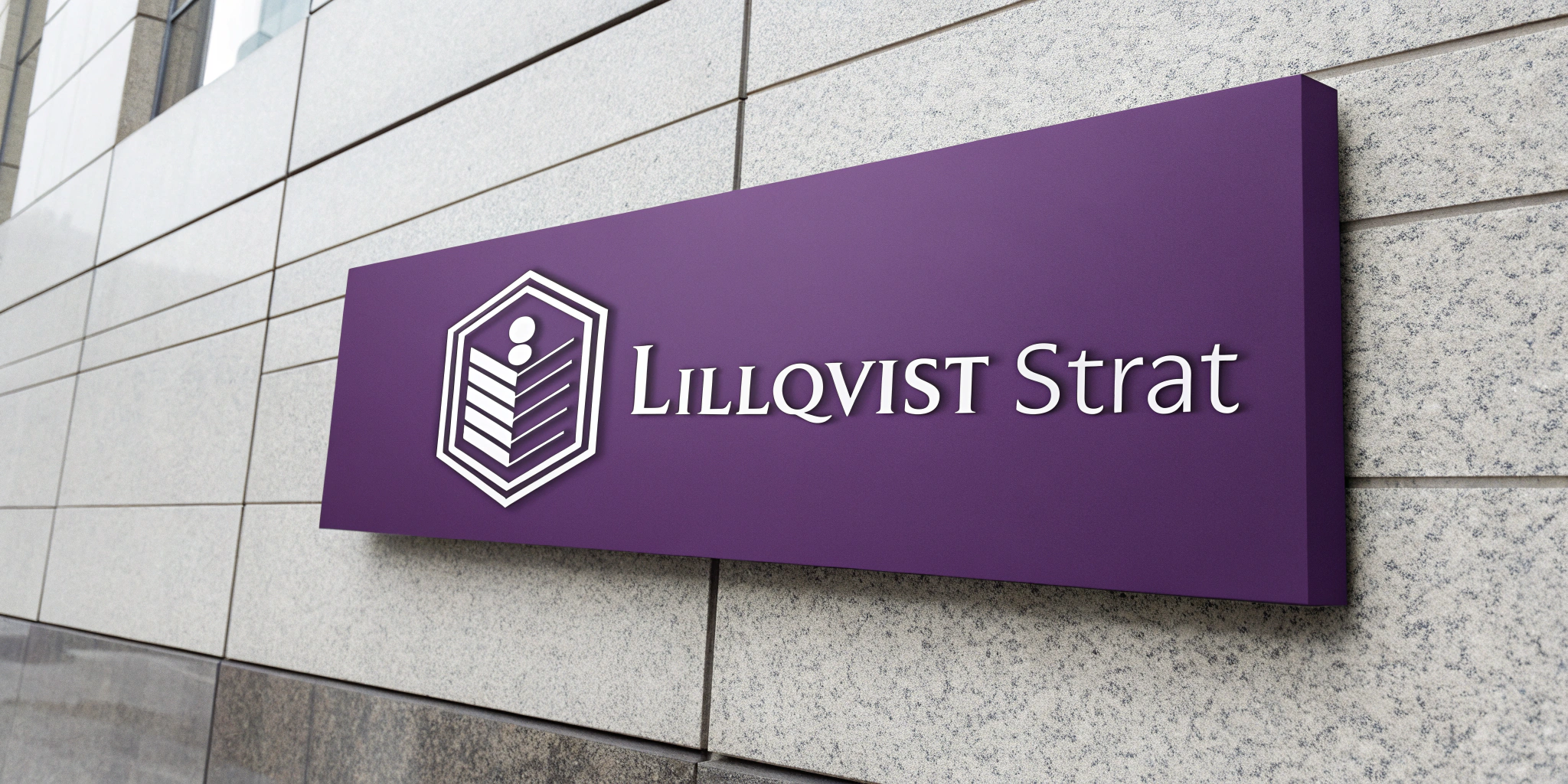Customer segmentation helps small businesses tailor marketing efforts to the right audience, increasing sales and customer retention. With Excel, you can automate customer categorization, analyze purchasing habits, and create targeted marketing strategies—all without expensive software.
Step 1: Setting Up a Customer Data Spreadsheet
Create an Excel sheet with the following columns:
| Customer ID | Name | Purchase Amount | Last Purchase Date | Product Category | Purchase Frequency | Segment |
|---|
- Purchase Frequency: How often a customer buys (monthly, quarterly, etc.).
- Segment: Will be automatically generated using Excel formulas.
Step 2: Automating Customer Segmentation with Excel Formulas
Use Excel formulas to categorize customers based on their purchase behavior:
1. Identifying High-Value Customers
If a customer spends more than $500 in total, classify them as “VIP”:
=IF(D2>=500, "VIP", "Regular")2. Finding Dormant Customers
If a customer hasn’t purchased in over 6 months, label them as “Inactive”:
=IF(TODAY()-E2>180, "Inactive", "Active")3. Segmenting Based on Purchase Frequency
Customers who buy frequently should be treated differently than those who buy occasionally:
=IF(G2>=10, "Frequent Buyer", IF(G2>=5, "Occasional Buyer", "Rare Buyer"))Step 3: Automating Personalized Marketing Campaigns
1. Generating Email Lists for Each Segment
Use Excel’s FILTER function to extract email lists for each customer segment:
- VIP Customers:
=FILTER(B2:C100, H2:H100="VIP")- Inactive Customers:
=FILTER(B2:C100, H2:H100="Inactive")- Frequent Buyers:
=FILTER(B2:C100, H2:H100="Frequent Buyer")These filtered lists can be exported for email marketing campaigns.
Step 4: Using Pivot Tables for Insights
- Insert a Pivot Table to analyze customer behavior:
- Select the dataset → Insert → Pivot Table.
- Drag Segment to “Rows” and Purchase Amount to “Values”.
- Add Purchase Frequency to see how spending varies across segments.
- Create a Dashboard:
- Insert a bar chart showing revenue by customer segment.
- Add a slicer to filter segments dynamically.
Step 5: Predicting Customer Behavior Using Excel’s AI Features
Excel’s FORECAST function can predict future spending habits:
- Collect historical purchase data in a new sheet.
- Use this formula to predict spending trends:
=FORECAST.LINEAR(TODAY()+30, D2:D100, E2:E100)- Identify customers who are likely to increase or decrease their spending.
Step 6: Automating Targeted Promotions with VBA
You can create a VBA macro to send personalized emails based on customer segments.
1. Open VBA Editor (ALT + F11) → Insert Module
2. Add this VBA script to send emails automatically
Sub SendMarketingEmails()
Dim ws As Worksheet
Dim OutlookApp As Object
Dim OutlookMail As Object
Dim rng As Range
Dim cell As Range
Dim EmailBody As String
Set ws = ThisWorkbook.Sheets("CustomerData")
Set rng = ws.Range("B2:B100") ' Adjust range as needed
Set OutlookApp = CreateObject("Outlook.Application")
For Each cell In rng
Set OutlookMail = OutlookApp.CreateItem(0)
Select Case cell.Offset(0, 6).Value ' Segment column
Case "VIP"
EmailBody = "Thank you for being a valued VIP customer! Here’s an exclusive discount for you."
Case "Inactive"
EmailBody = "We miss you! Here’s a special offer to welcome you back."
Case "Frequent Buyer"
EmailBody = "You’re one of our best customers! Enjoy a special loyalty reward."
Case Else
EmailBody = "Thank you for shopping with us! Here’s a surprise discount."
End Select
With OutlookMail
.To = cell.Offset(0, 1).Value ' Email column
.Subject = "Exclusive Offer for You!"
.Body = EmailBody
.Send
End With
Set OutlookMail = Nothing
Next cell
Set OutlookApp = Nothing
End SubRun this macro to automatically send promotional emails to different customer segments.
Step 7: Tracking Campaign Performance in Excel
After running campaigns, track engagement:
| Email Sent | Open Rate | Click Rate | Conversion Rate | Revenue Generated |
|---|---|---|---|---|
| VIP Offer | 45% | 30% | 15% | $2,500 |
| Inactive Offer | 20% | 10% | 5% | $500 |
| Frequent Buyer | 50% | 35% | 20% | $3,000 |
Use these insights to refine future campaigns.
Benefits of AI-Powered Customer Segmentation in Excel
✅ Saves Time – Automates segmentation and email marketing.
✅ Increases Sales – Targets the right customers with the right offers.
✅ Enhances Decision-Making – Uses data insights to predict customer behavior.
✅ Improves Customer Retention – Encourages repeat business with personalized marketing.
By using Excel’s built-in AI tools and automation features, small businesses can implement powerful customer segmentation strategies without investing in complex CRM systems.

Lillqvist Strat consults on business developement, software projects, automation, SOPs, analytical tools and more.
Contact me today to get started on our journey to higher profits, more revenue and happier employees!
Go to Contact now



